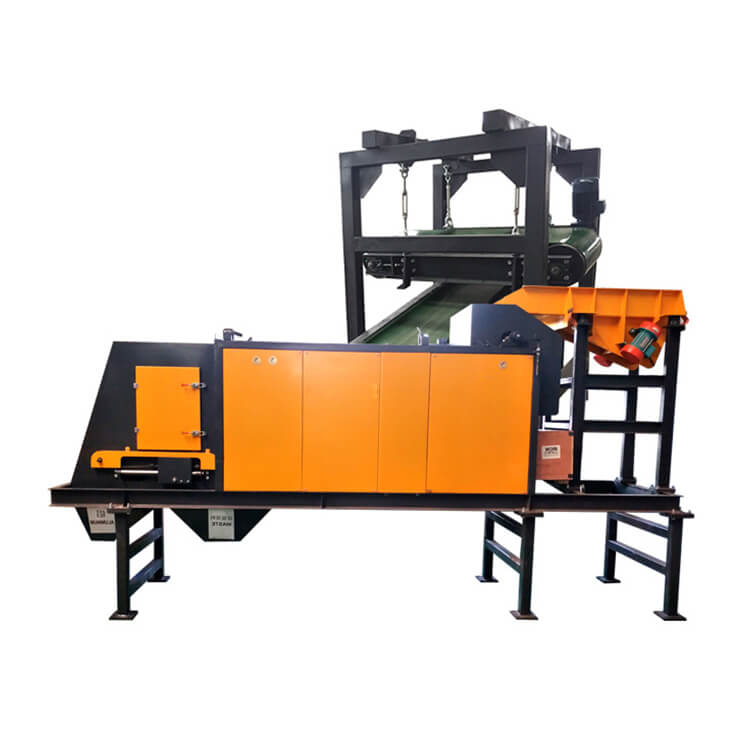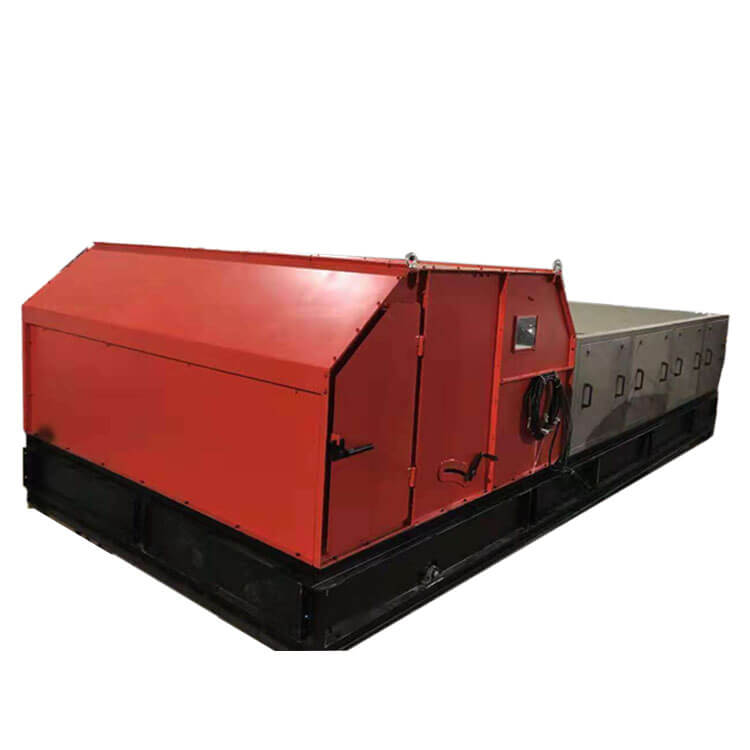A rotating drum wrapped by a permanent magnet (High Performance NdFeB Magnets) produces a alternating magnetic field. When a metal with conductive properties passes through the magnetic field, an eddy current will be generated in the metal. The eddy current itself generates an alternating magnetic field, which is opposite to the direction of the magnetic field generated by the magnet rotor, that is, it generates a repulsive force (Lorentz force) on the metal, which separates the metal from the material flow and achieves the purpose of separation.
The repulsive force generated by eddy current on the conductor is related to the strength of the magnetic field change, the conductivity, density, area and shape of the conductor.
For different non-ferrous metal materials, the repulsion force is related to the composition characteristics, and the composition force can be expressed as:
F (compositional force) = mσ/ρs
In the equation:
"m" is the mass of the material, the unit is kg;
"σ" is the conductivity, the unit is S-1·m-1;
"ρ" is the density, the unit is kg·m-3;
"s" is the material shape factor, no unit.
The following table lists the specific conductance (σ/ρ) factor values for some metals. From the value of σ/ρ, the magnitude of the repulsion force and the difficulty of sorting can be judged. Generally, high conductivity and low density materials suffer the most repulsion.
| Metal | Al | Zn | Sn | Cu | Brass |
|---|
| σ/ρ | 14 | 2.4 | 1.2 | 6.7 | 1.7 |
| Metal | Mg | Au | Pb | Ag | Ni |
| σ/ρ | 12.9 | 2.2 | 0.4 | 6 | 1.4 |













